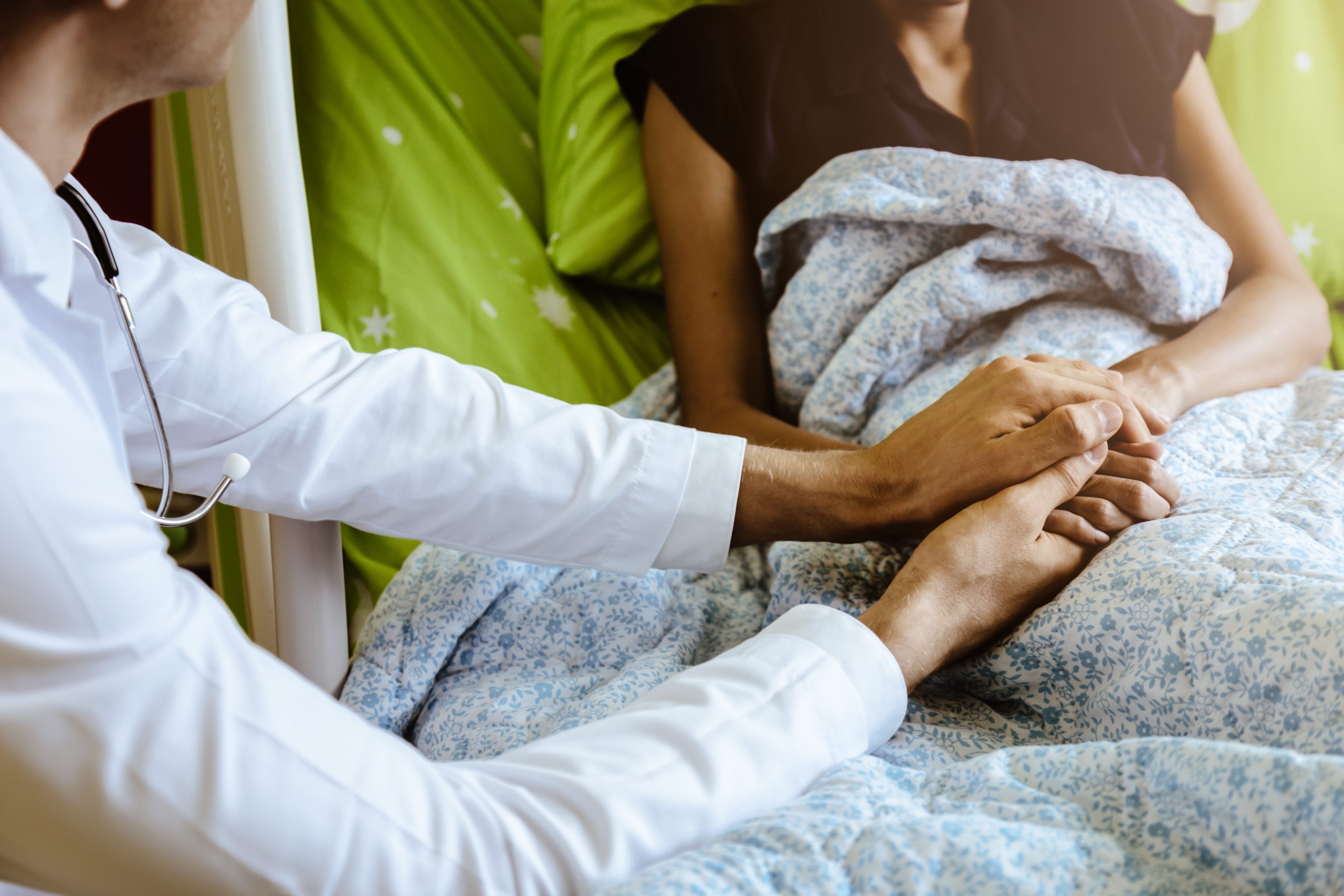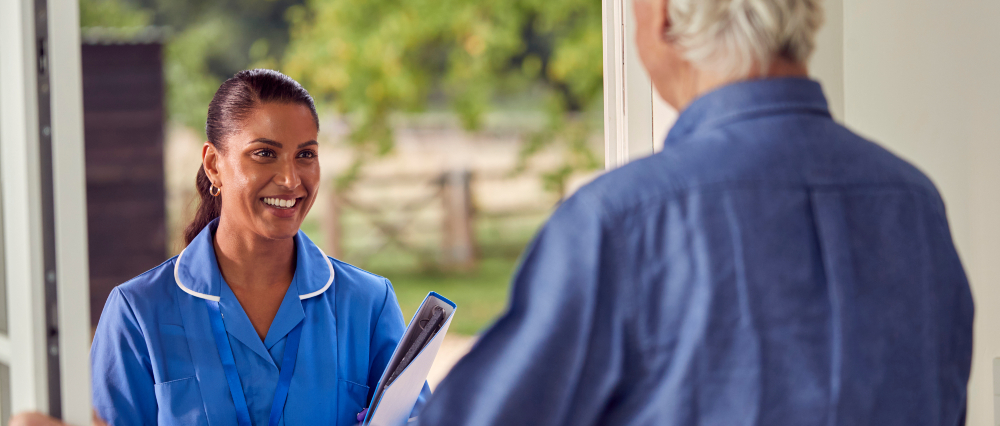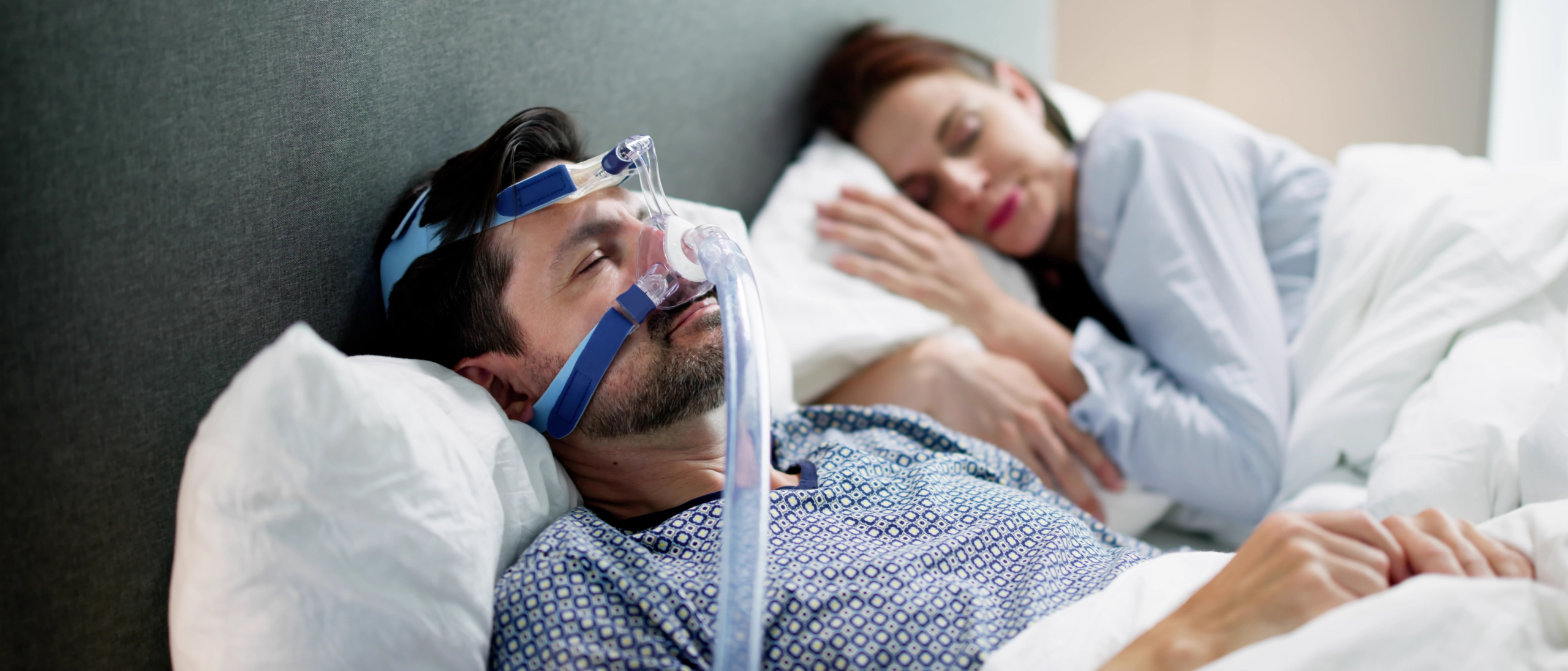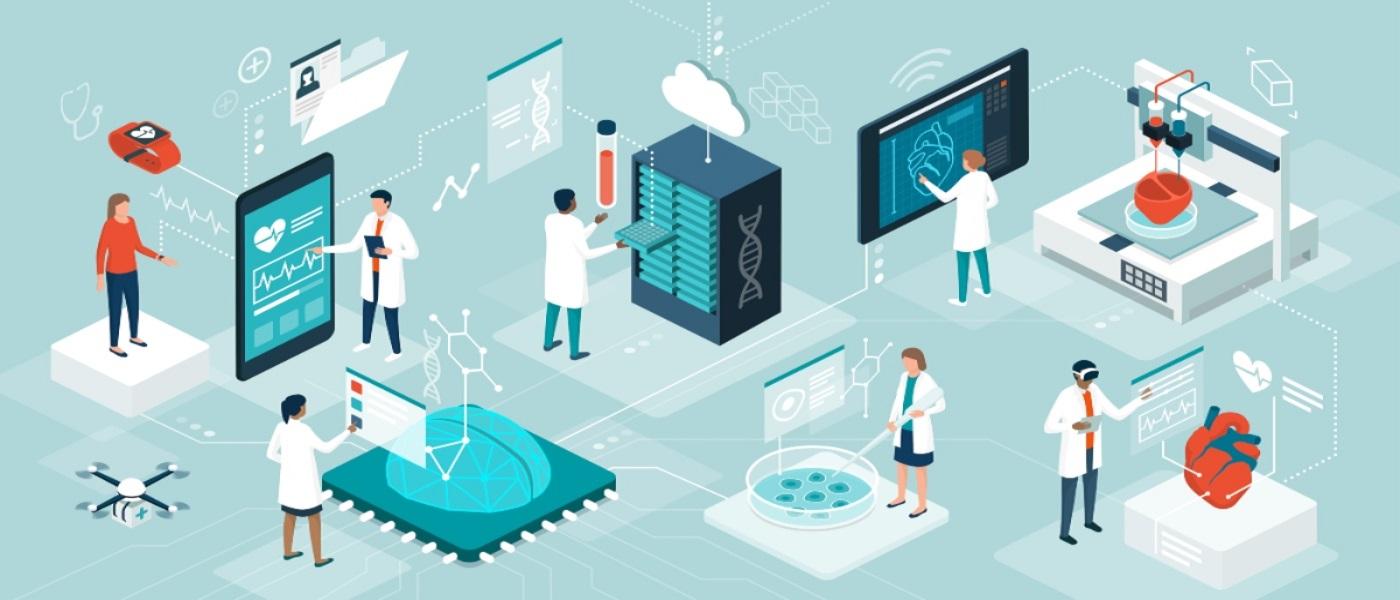
Cancer turns lives upside-down, often for the entire family. A cancer diagnosis is bad enough. What makes it worse for a cancer patient is having to drive or be driven to countless appointments for treatments and check-ups.
Nothing diminishes the seriousness of a cancer diagnosis, but does it really have to come with endless shuttling from hospital to home to physical therapy to home, and so on?
No, it doesn’t.
It turns out that an increasing amount of cancer care can take place in the home. Everything from chemo infusions to home health aides to cook for the cancer patient are now available, and in many cases are fully-covered by health plans. There are several good reasons why cancer care at home benefits patients far beyond the simple convenience of the services.
The fatigue factor
Fatigue is among the most common and debilitating symptoms of cancer, and of cancer therapy. Cancer-related fatigue causes patients to feel run down or exhausted even when they are sitting still. This fatigue is compounded by numerous trips to the doctor or infusion center. A real advantage of home-based cancer care is that the patient can conserve their energy by having the doctor or infusion nurse come to their home. Energy saved by staying put is energy the patient can muster to help recover from their disease.
Infection control
Similar to fatigue, reduced immunity is a result of many cancers, but it is a common side effect of cancer therapies as well. Most chemotherapeutic agents work by preventing cells from dividing. Cells of the immune system need to be able to divide in order to fight all types of infections. Simple viruses can become deadly. This is why cancer patients are particularly vulnerable to infections, from the common cold to serious bacterial infections.
One of the best ways to avoid infections is to avoid exposure to microbes. The world outside a patient’s home is full of viruses and bacteria that could infect a vulnerable cancer patient. Doctors’ offices and cancer treatment centers are particularly dangerous in this regard, because sick people tend to congregate in these places. An easy and effective way to reduce these exposures is to treat the patient at home.
Home cooking
Cancer patients lose a lot of weight. According to the National Cancer Institute, over a third of cancer deaths are related to the severe loss of body mass, referred to as “wasting syndrome.” It’s bad enough that chemotherapeutic drugs tend to make patients lose their appetite at best, or make them nauseous at worst. The appetite problem is compounded when a cancer patient is forced to eat hospital food.
Another advantage of cancer care at home is that patients can eat food they like, when they want, in the place they are most accustomed to eating. They don’t even have to cook themselves. Many home-care agencies can provide aides to cook for the patient.
Quality of life
All of the advantages of cancer care at home enhance a patient’s quality of life. Better rest, better food and less exposure to germs all tend to lessen the impact of an already devastating disease. But care at home may not only improve quality of life for cancer patients, it may improve their survival as well. Any intervention that prevents a cancer patient from exposure to other sick people reduces their risk of a life-threatening infection. Reduced stress and better nutrition also increase the chances of recovery.
Care at home cannot replace all the aspects of cancer care. Radiation treatments and diagnostic imaging require equipment that is too large and dangerous to move anywhere, let alone to a patient’s home. But then again, only a few years ago, home infusion of cancer medications may have seemed the stuff of fantasy. Perhaps it is not fantastical to anticipate that someday all of cancer care will be provided at home.





